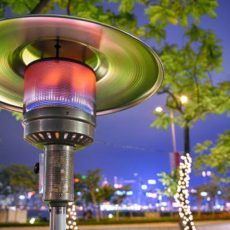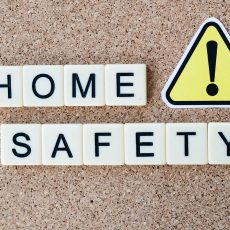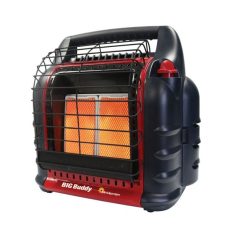Additional safety features in table top gas heaters
When selecting a table top gas heaters, ensure it includes an automatic power-off valve that activates if the heater is tipped or knocked off balance. While most table top gas heaters feature a weighted base for added stability, accidents can and will happen.
One-Stop Universal Gas-Appliance Hook-Up Kit
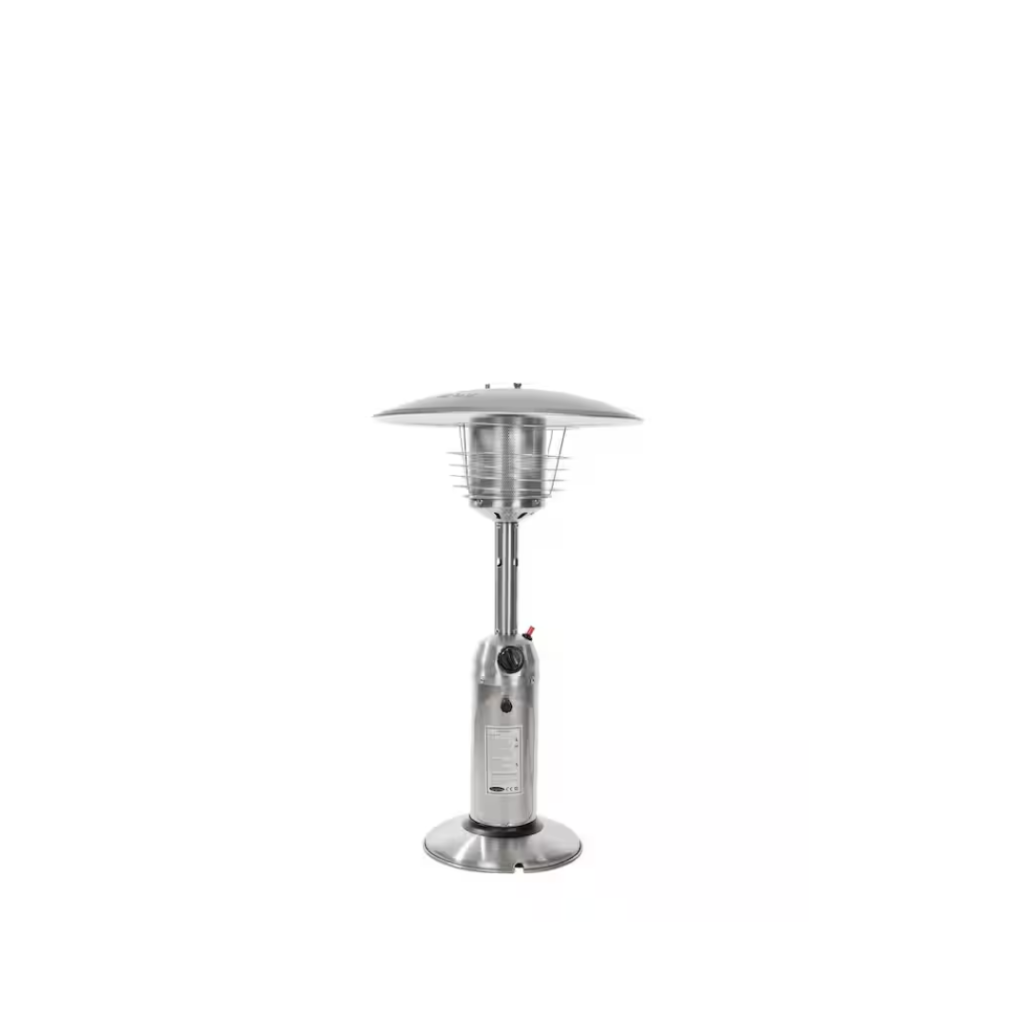
- 5-piece universal gas-appliance hook-up kit comes with everything needed for installing most gas appliances. Also, on/off valve provides easy servicing of appliances or summer shutdown
Anti-Tilt Device
Higher-end models with more advanced features offer a switch that automatically closes off the burner as it senses the heaters falling. Gas-powered heaters should have a safety valve so you can turn off the fuel when the situation calls for it.
Thermocouple
A thermocouple is a flame failure device that responds to changes in temperature and shuts off the gas valve if the flame goes out. Install it so that its ends are in the pilot light of the furnace. Also, the thermocouple detects the heat from the pilot light, and should the pilot light go out accidentally, the thermocouple will automatically shut off the gas valve. This feature is essential as it prevents gas leaks if the flame is extinguished due to high winds.
Reflector Shield
Additional protections such as reflector shield for natural table top gas heaters surrounding the gas burner or infrared heating elements help keep hands away and direct the heat fully forward a little on each side or all around heating
Fuel Safety
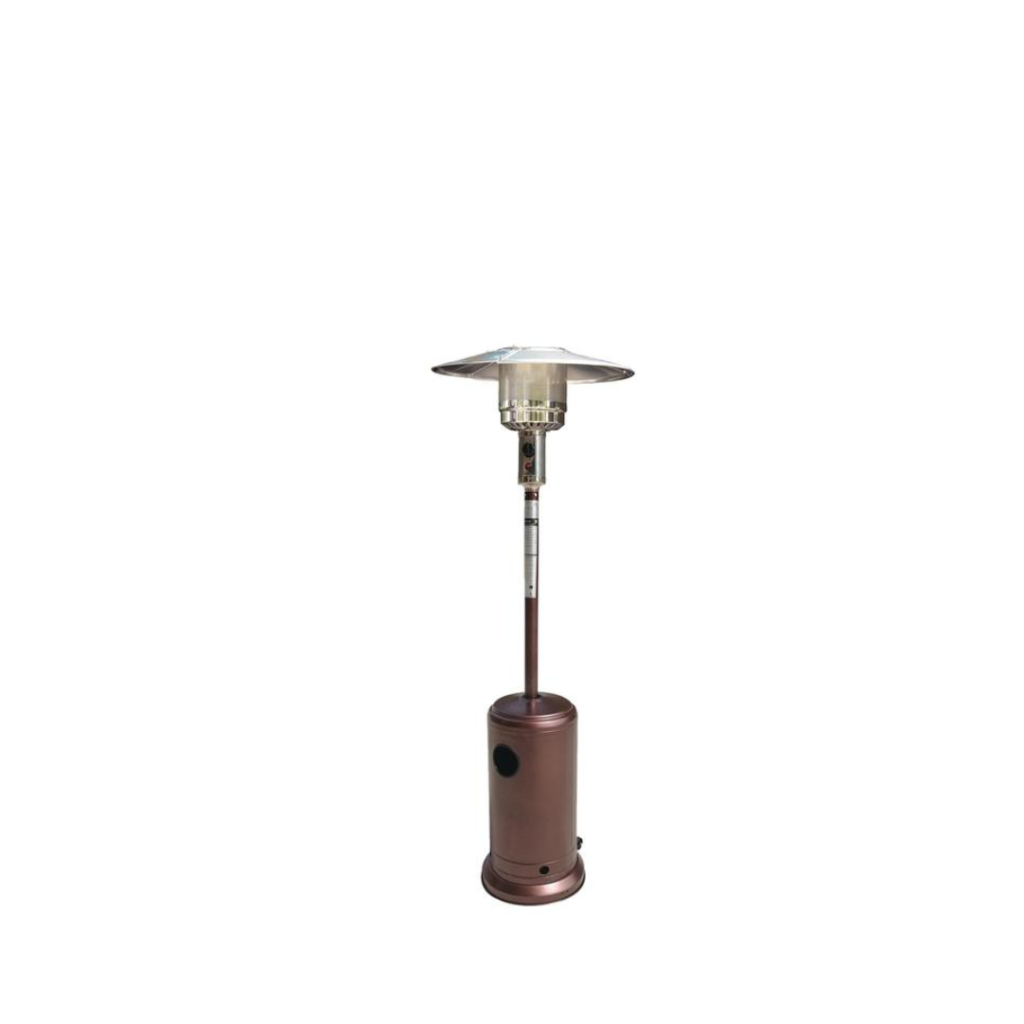
Patio heaters come in a variety of fuel types, all of which have benefits and drawbacks when it comes to operational safety.
Upright patio heaters typically come in two different fuel types: Moreover, propane and natural gas. Due to the combustible nature of gas, you must take precautions when handling tanks and valves to minimize leaks and damage.
People favor propane-operated patio heaters for their portability. To keep your propane tank safe and performing optimally, always close the gas tank valve when the patio heater is not in use as well as turning off the switch.
If you keep a spare tank, store it away from open flames and heated areas. Furthermore, after changing over gas tanks, check valves and hoses for leaks by applying soapy water to the components and checking for air bubbles.
Patio heaters that use natural gas offer a more cost-effective alternative to heaters that use propane tanks, with many models also able to heat a larger area. However, it is essential that you have the heater connected to the natural gas line by a professional and always safely secure the unit to the ground using the included ground mounts.
LPG handling, storage and installing Tips for table top gas heaters
SAFE Handling
- Be aware of your personal lifting limits – cylinders are heavy!
- Use hand trolleys or ask for help if too heavy for you
- Do NOT throw, put down slowly
- Do NOT roll on the floor
SAFE Storage
- Keep in a well-ventilated, well drained and covered area
- Place properly in upright position
- Follow safety instructions
- Keep away from sunlight or heat and away from the stove
- Regularly inspect for structural damage and leaks
Cylinder installation instructions


- Shut off the stove, close down all taps/knobs
- Close the valve of the empty cylinder
- Grip the regulator and pull up the plastic bush (black plastic locking ring)
- Lift the regulator with a gentle swivel without using excessive force
- Detach the regulator from the valve of the empty cylinder
- Place the new cylinder in upright position
- Place the regulator vertically down till it reaches the hexagon valve
- Fix the regulator with a gentle swivel without using excessive force
- Release the black plastic bush then press it down (hear the click sound)
- The pressure regulator is now locked on the cylinder
Important when installing
- Put out all nearby open flames and fires
- Do not switch on/off electrical appliances when replacing the cylinder
- Close cylinder valve after every use
- Keep stove well-maintained
Regular checks
- Check hose condition
- Replace hose in case of cracks
- Check regulator condition
- Replace regulator if it is damaged/faulty
Exchanges and refills for table top gas heaters
Your local LPG retailer can safely refill or exchange your LPG cylinder. Before you purchase a cylinder or accept an exchange cylinder:
- Check it is fitted with a valve plug.
- Check the cylinder is in date—to be refilled, a cylinder must have a valid 10-year test stamp.
- Do not refill your own gas cylinder—only trained people using special equipment can do this safely.
Disposal of table top gas heaters
You can dispose of gas cylinders safely, at:
- approved gas cylinder test stations
- some council refuse centres
- some gas suppliers.
My family enjoys using the backyard sauna, which comfortably seats around four people. During a recent gathering of eight people in my backyard, we relaxed and shared stories while taking turns in the sauna. To keep warm while waiting, guests had hot drinks and wore warm robes, with a gas heater table top burner providing additional warmth. The attention then went to the sauna and questions were asked around the health benefits so recommended this article to read – Infrared Sauna Benefits: How To Improve Your Health With An Infrared Sauna
